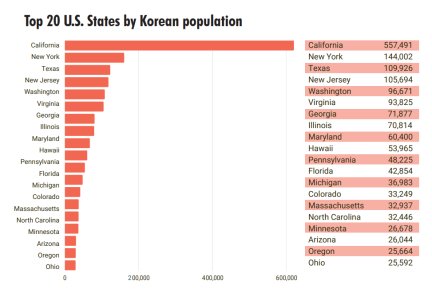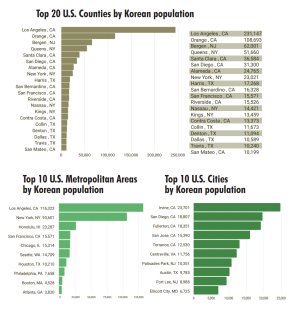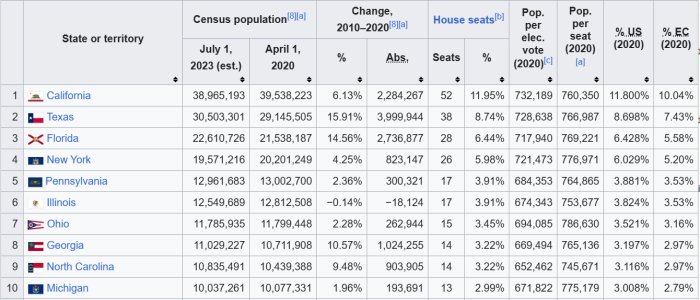panda
Well-known member
The 2020 Census data indeed reveals some fascinating shifts in migration patterns, especially among Korean American communities. Texas emerging as the third-largest state for Korean American families, surpassing New Jersey, is a particularly noteworthy development. It’s a significant change from 15 years ago when states like California, New York, and New Jersey were the dominant hubs for Korean American populations.
The trend of migration from Blue States (like California and New Jersey) to Red States (such as Texas, Georgia, and others) has been ongoing for a while, but it seems to be accelerating.
The rise of Atlanta, Georgia, as a center for Korean Americans is also significant. it has now surpassed Chicago, which historically had one of the largest Korean American populations. Atlanta’s appeal is driven by factors like lower housing costs, a growing economy, and a welcoming environment for immigrants.
Overall, the shift in Korean American populations from Blue States to Red States is part of a broader demographic trend, where migration is influenced by a combination of economic opportunities, cost of living, and social networks, along with regional political climates. It’s interesting to see how this will continue to reshape the cultural landscape in different states.

The trend of migration from Blue States (like California and New Jersey) to Red States (such as Texas, Georgia, and others) has been ongoing for a while, but it seems to be accelerating.
The rise of Atlanta, Georgia, as a center for Korean Americans is also significant. it has now surpassed Chicago, which historically had one of the largest Korean American populations. Atlanta’s appeal is driven by factors like lower housing costs, a growing economy, and a welcoming environment for immigrants.
Overall, the shift in Korean American populations from Blue States to Red States is part of a broader demographic trend, where migration is influenced by a combination of economic opportunities, cost of living, and social networks, along with regional political climates. It’s interesting to see how this will continue to reshape the cultural landscape in different states.

Last edited:




